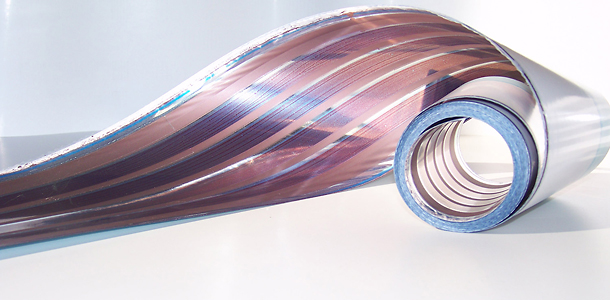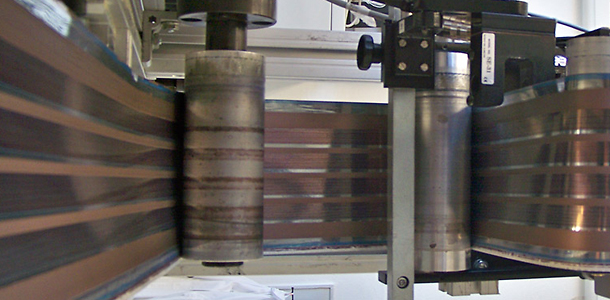
Genes inherited from long-extinct human ancestors may be more common than thought, suggesting a Homo sapiens origin story with more than a few evolutionary one-night stands.
The latest findings involve genes from Denisovans, a recently-discovered member of the Homo genus who lived in central and eastern Asia until 40,000 years ago. Denisovans, humans and neanderthals last shared a common ancestor about 1 million years ago.
Earlier research found lingering Denisovan traces in genomes of people from Oceania. Now they’ve been found in southeast Asia, too.
“We haven’t been a very exclusive species, with a very narrow origin,” said Martin Jacobsson. Interbreeding with other members of the human family tree “is not a unique event. It’s a more complex story than we thought before.”
In a study published Oct. 31 in the Proceedings of the National Academy of Sciences, Jacobsson and co-author Pontus Skoglund searched through 1,500 human genome scans from around the world for genes found in Denisovans but not chimpanzees or Neanderthals.
While the previous finding of Denisovan inheritance involved analysis of ultra-high-resolution human genome scans, of which only a few exist, Jacobsson used low-resolution scans. These are more commonly available and allowed the researchers to detect Denisovan signals in genomes from mainland southeast Asia. A signal also appeared in South America, but Jacobsson said that’s probably a false positive.
Beyond the fun of knowing that Denisovan genomes live on, the findings add to a growing sense of the richness of the human evolutionary story.
Until relatively recently, it was thought that human ancestors trekked out of Africa about 100,000 years ago in a single straight shot, descending without diversion into modernity. But what’s emerged from fossil findings in recent years is a picture of Homo sapiens and its near relatives flowing out of Africa again and again, with some populations vanishing and others surviving, often living side-by-side.
Now, thanks to well-preserved ancient genomes, it’s possible to look at mixing: Evidence of interbreeding with Neanderthals in northern Europe was found, followed by the Denisovan studies. Critically, the new findings fit a genetic pattern suggesting multiple episodes of interbreeding with Denisovans.
“We were evolving for a little while, then isolated, then mixed again,” said Jacobsson. “It’s not so simple that you can say, there’s only been one admixture.”
“I find it really cool that people use the archaic genomes we produced to try to arrive at new insights,” said geneticist Svante Paabo of Germany’s Max Planck Institute, who originally sequenced the Denisovan genome from 40,000-year-old fingerbones found in a Siberian cave. “Of course one will have to see which of them hold up.”
As for what Denisovan genes do for people who have them, it’s hard to say. Unlike Neanderthal genes, which seem to have given human immune systems a boost, Denisovan gene function isn’t yet understood.
“It might take a little longer, until we get better-quality ancient genomes,” said Jacobsson. “But I’m guessing there are people out there trying to do this now.”
Image: Global map of Denisovan gene frequency in modern human genomes. (Jacobsson and Skoglund/Proceedings of the National Academy of Sciences)
Citation: “Archaic human ancestry in East Asia.” By Pontus Skoglund and Mattias Jakobsson. Proceedings of the National Academy of Sciences, Vol. 108 No. 44, Oct. 31, 2011.
See Also:




